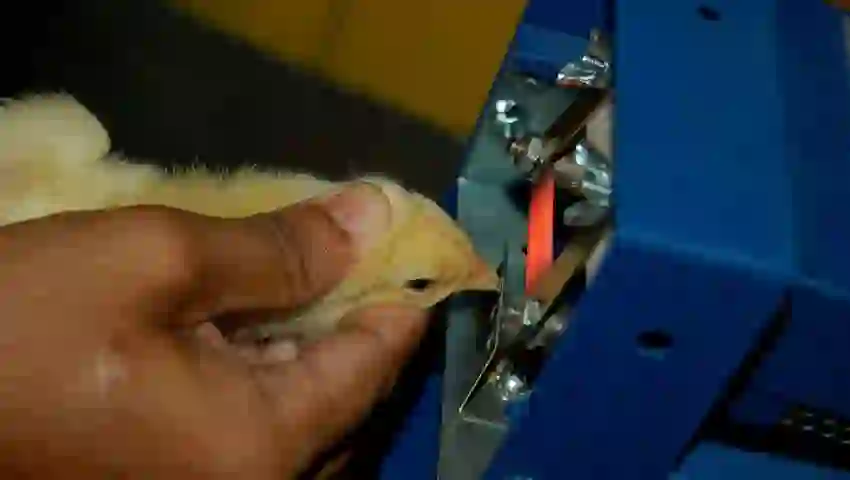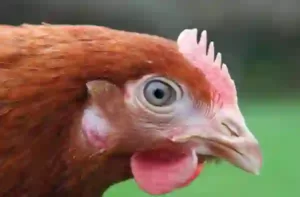We offer debeaking services Contact Us Today !!

Debeaking for Layers: What It Is and Why It’s Done
Debeaking, also known as beak trimming, is a common practice in the poultry industry. It involves removing the tip of a bird’s beak to prevent it from pecking and injuring other birds or damaging equipment. In the case of layers, debeaking is done to prevent feather pecking, cannibalism, and egg eating, which can cause significant economic losses for farmers.
At Otto’s Farms, we understand the importance of animal welfare and we only use the beak-trimming procedure as a last resort. We prioritize other preventative measures and management techniques to minimize the need for debeaking.
The Debeaking Process
Debeaking is typically done at an early age, between 1 and 10 days old, when the beak is still soft and easy to cut. The process can be done manually or with a machine. The tip of the beak is removed using a hot blade, a cold blade, or a laser. The procedure is quick and relatively painless, and the beak will grow back over time, but it will be shorter and blunter.
Benefits of Debeaking
Debeaking has several benefits for layers, including:
- Prevention of feather pecking, cannibalism, and egg eating, can cause injuries and infections in birds and economic losses for farmers.
- Improved flock health and hygiene, as birds are less likely to spread diseases by pecking at each other.
- Reduced aggression and stress in birds, can lead to better overall welfare and productivity.
 Concerns and Criticisms
Concerns and Criticisms
Debeaking is a controversial practice, and some animal welfare organizations and individuals are strongly opposed to it. Concerns and criticisms of debeaking include:
- Pain and stress to birds during the procedure, although it is typically done with pain relief and the beak will heal quickly.
- The potential for long-term pain and dysfunction in birds is due to the altered beak structure, although studies have shown that birds can adapt to the shortened beak over time.
- The possibility of unintended consequences, such as reduced feed intake and productivity, although proper management and care can mitigate these risks.
Alternatives to Debeaking
At Otto’s Farms, we prioritize preventative measures and management techniques to minimize the need for debeaking. Some alternatives to debeaking include:
- Providing adequate space, food, and water for birds to reduce stress and aggression.
- Keeping birds in small groups to reduce pecking and aggression.
- Providing environmental enrichment, such as perches and toys, to reduce boredom and aggression.
- Using beak trimming as a last resort, and only when other measures have failed.
Debeaking is a common practice in the poultry industry, but it is not without controversy. At Otto’s Farms, we prioritize animal welfare and use beak trimming only as a last resort, with proper pain relief and care. We believe that preventative measures and management techniques can help to minimize the need for debeaking and promote the health and welfare of our birds.